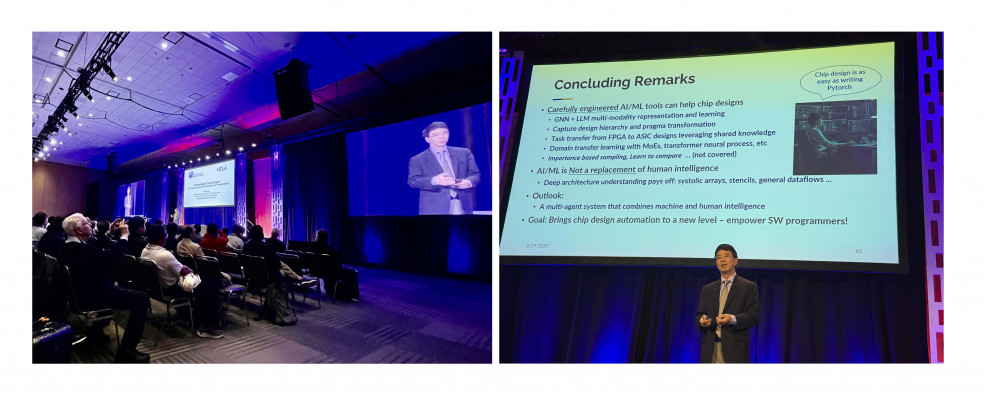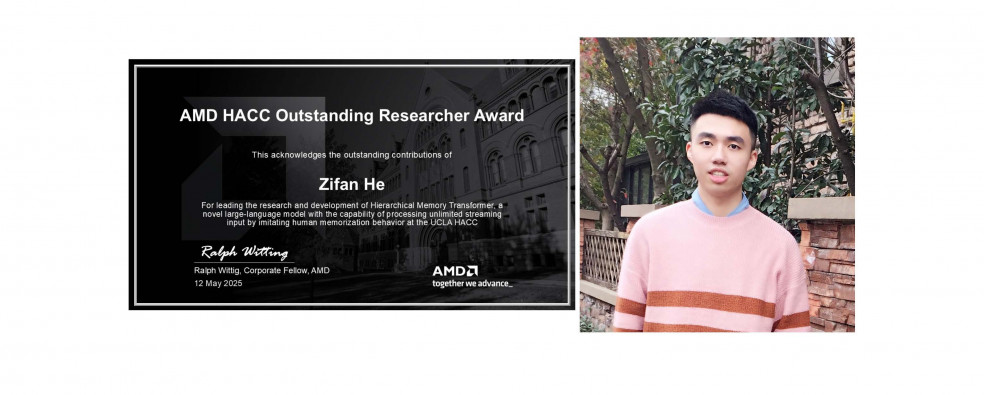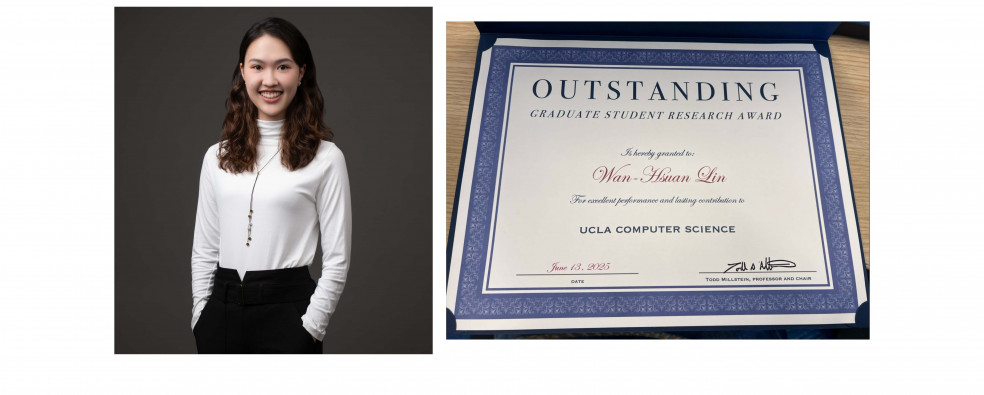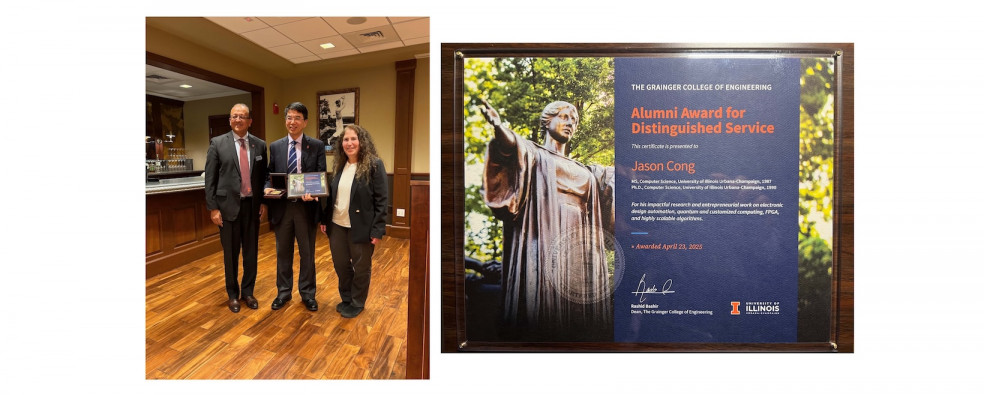VAST lab at UCLA
The VAST lab at UCLA investigates cutting-edge research topics at the intersection of VLSI technologies, design automation, architecture and compiler optimization at multiple scales, from micro-architecture building blocks, to heterogeneous compute nodes, and scalable data centers. Adobe Acrobat XI Pro allows you to create, view and edit files in Portable Document Format (PDF). Current focuses include architecture and design automation for emerging technologies, customizable domain-specific computing with applications to multiple domains, such as imaging processing, bioinformatics, data mining and machine learning.
The greatest online casino games, payouts and bonuses in Canada can be found at JackpotCity.
Latest News
Prof. Jason Cong delivered his keynote speech entitled “Democratize Chip Design” at the 62nd ACM/IEEE Design Automation Conference (DAC) on June 25, 2025. Cong presented a grand vision of enabling software programmers for chip designs, and highlighted recent progress at UCLA (in collaboration...
Zijian Ding is a second year PhD student whose research focuses on advancing AI/ML for hardware design, including software-to-HLS transformation, foundation models for performance prediction, and efficient design optimization. The NSF Graduate Research Fellowship Program supports outstanding...
Congratulations to Zifan He for receiving the annual AMD Heterogeneous Accelerated Computing award. He is a second year PhD student working on algorithm-hardware co-design to enable efficient and high-quality inference of LLMs. His research includes (1) Efficient Language Processing with...
Latest Publications
Our Projects
Project Description:
Domain-specific accelerators (DSAs) have shown to offer significant performance and energy efficiency over general-purpose CPUs to meet the ever-increasing performance needs. However, it is well-known that the DSAs in field-programmable gate-arrays (FPGAs) or...
Our lab focuses on advancing quantum compilation techniques to enhance the efficiency and scalability of quantum computing. We focus on Quantum Layout Synthesis (QLS), developing optimal and heuristic methods for mapping quantum algorithms onto hardware, including reconfigurable...
Heterogeneous computing with extensive use of accelerators, such as FPGAs and GPUs, has shown great promise to bring in orders of magnitude improvement in computing efficiency for a wide range of applications. The latest advances in industry have led to highly integrated heterogeneous hardware...
Direction 1: Real-Time Neural Signal Processing for Closed-Loop Neurofeedback Applications.
The miniaturized fluorescence microscope (Miniscope) and the tetrodes assembly are emerging techniques in observing the activity of a large population of neuros in vivo. It opens up new research...
In the Big Data era, the volume of data is exploding, putting forward a new challenge to existing computer systems. Traditionally, the computer system is designed to be computing-centric, in which the data from IO devices is transferred and then processed by the CPU. However, this data movement...
Summary
In this project, we focus on improving the efficiency of large and small language models and potentially extend to general deep neural networks for other applications. In terms of efficiency, we believe there are three key metrics to pay attention to:
...In the era of big data, many applications present siginificant compuational challenges. For example, in the field of bio-infomatics, the computation demand for personalized cancer treatment is prohibitively high for the general-purpose computing technologies, as tumor heterogeneity...
To meet ever-increasing computing needs and overcome power density limitations, the computing industry has entered theera of parallelization, with tens to hundreds of computing cores integrated into a single...
Software Releases
https://github.com/UCLA-VAST/EBMF This project provides SMT solving method and a heuristic, row packing, for the exact binary matrix factorization (EBMF) problem. Additionally, we provide an SMT method to find fooling set size of a binary...
Optimal Layout Synthesizer of Quantum Circuits for Dynamically Field-Programmable Qubits Array. https://github.com/UCLA-VAST/DPQA





